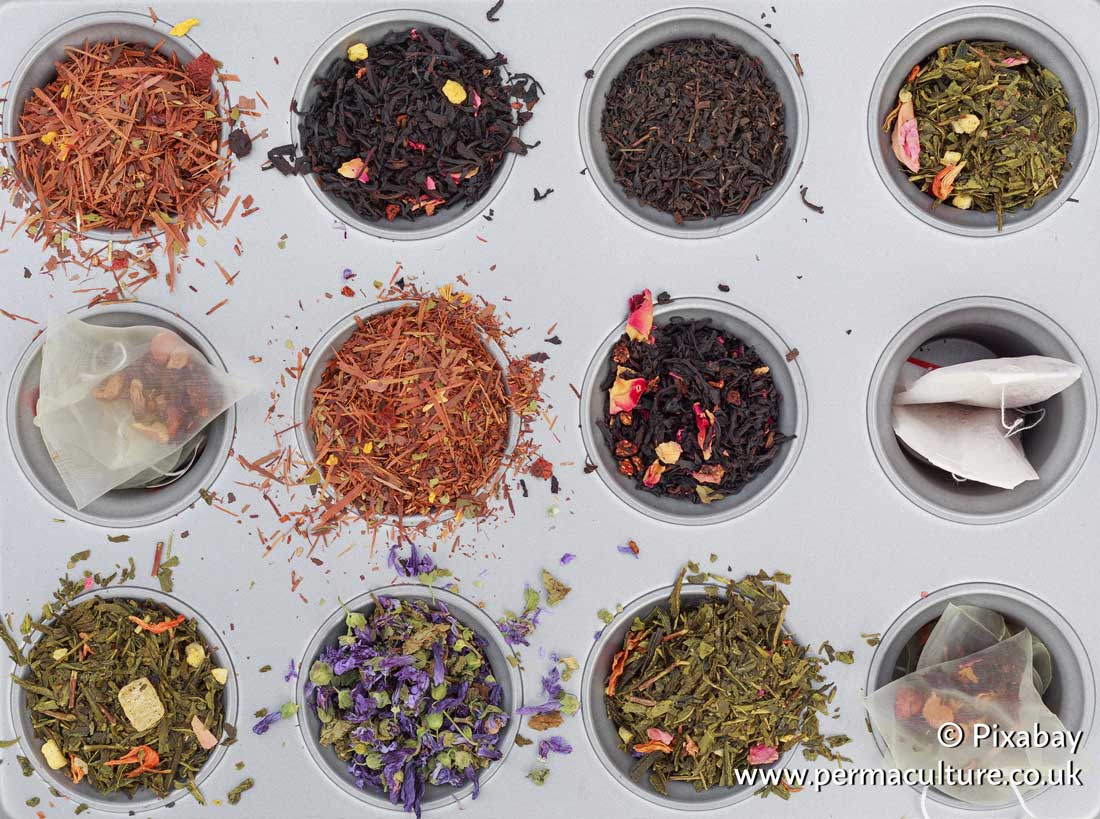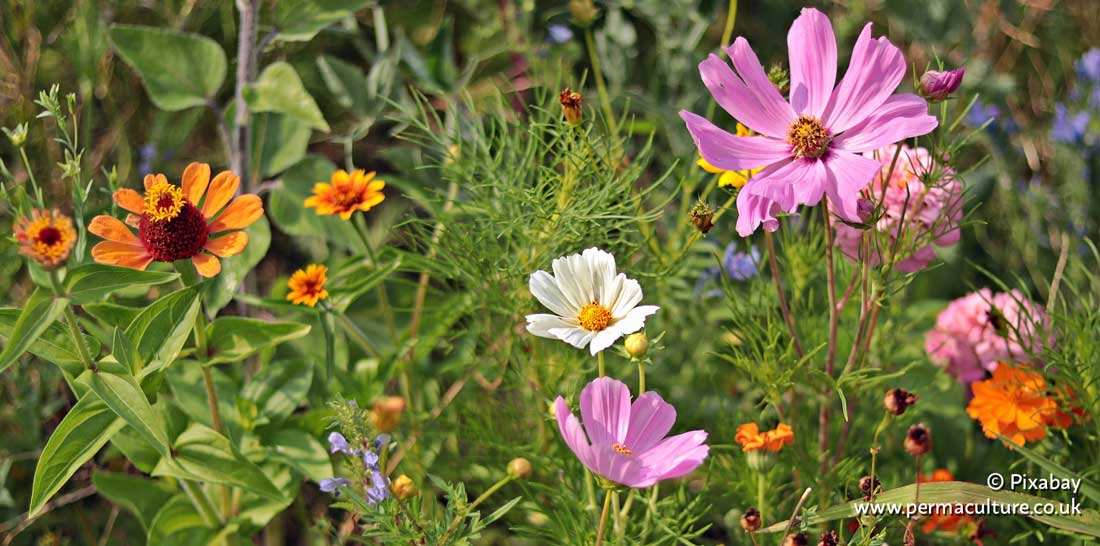Mallow (Althaea officinalis) has been grown as a medicinal plant since Roman times and was considered a ‘cure-all’. Its name Althaea comes from the Greek altha ‘to cure’. It is the plant from which our sticky sweets get their name, which were originally made using the mucilage from the stems of this plant, an ingredient also used to make Middle Eastern halva. The name ‘mallow’ derives from the Old English ‘malwe’ meaning ‘soft’ and refers to the abundant mucilage, which is the useful skin-softening component. You’ll notice a similarity between the marshmallow plant and hollyhocks, they are related: ‘hoc’ was the Old English word for ‘mallow’.
Great for softening skin and conditioning and long used traditionally for this purpose, along with many other applications including treating irritations, boils, burns, sores, ulcers, wounds and inflammations. Marshmallow is gentle enough to use on babies’ skin or sensitive skin, while also being rejuvenating for older skins on the face or body. It’s anti-inflammatory, antimicrobial and moisturising (helping to maintain levels of hyaluronic acid in the skin). In hair products it can help nourish, detangle, condition and may counteract hair loss.
Leaves and roots. Make an infusion or maceration from the leaves and a decoction or maceration from the roots.
On making my first attempts to find marshmallow growing wild I was disappointed to find Nicholas Culpeper’s description: ‘Common mallows are generally so well known they need no description’. So discovery has been something of a labour of love, and I prize my sightings of marshmallow, even though now I recognise it can be quite common when driving along country roads. It is typically found in damp conditions, so near streams, rivers and marshes. You’ll recognise it easiest when in bloom; pale flowers appear in late summer, with no fragrance, and all die down in autumn. It has five-lobed roundish, soft leaves that are densely covered in hairs. There is a saying that marshmallow grows only near a happy home.
Use an infusion in a rinse for dry hair.
5g marshmallow root
2 tbsp (30g) ground almonds
1 tsp (5ml) milk
1 tsp (5ml) cider vinegar
Make: First make a decoction of marshmallow root by placing it in a bowl and pouring over 150ml water, then leave overnight. Strain the next day and use 2 tablespoons (30ml) of the decoction. Mix this with the almonds, milk and cider vinegar, beating them together until well blended. Put into a screw-top jar.
Use: Apply whenever hands feel dry.
Store: Keep in the fridge. Will keep for one week.
1 large carrot
2 marshmallow leaves
1 egg yolk, beaten
1 tbsp (15ml) double cream
Make: Grate the carrot and pound the marshmallow leaves, then mix them together with the egg yolk and add just enough double cream to make a firm slush.
Use: Use your fingers or a brush to apply to your face, sit back and relax for 10-15 minutes. Then wash off with warm water and pat dry.
—
This is an extract from Laura Pardoe’s Vital Skincare: Natural Healthy Skin in Just 5 Minutes a Day. Chapters include:
Natural Skincare Recipes with Horsetail (Equisetum arvense)
Laura is a plantswoman and natural skincare formulator. Now living in the Cotswolds, her time is shared between family, hedgerows, garden, workshops, desk and lab as she blends traditional and modern approaches to bring the skincare benefits of temperate plants to all.











